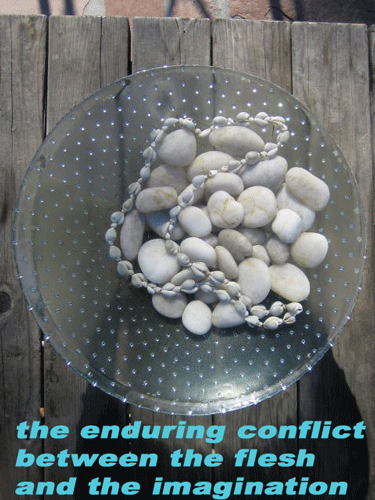March 10, 2006
Ahora

Context:
For modern artists and writers, the fascination of Spain has had everything to do with the wrenching conflict between, on the one side, the country's fearsome Catholicism and calcified aristocratic traditions, and, on the other side, Western Europe's seemingly ineluctable embrace of progress. The authoritarianism of Spanish experience pushed the country's greatest artists and writers to dramatize a yearning for modernity. Some of these dramatizations were conscious acts, such as Goya's Caprichos; but sometimes what we now experience as an unruly individualism may not have been the artist's design, as in the expressionist disquietude of El Greco's View of Toledo and the caught-at-an-angle realism of some of Vel?zquez's portraits. And yet Ravel was not wrong, in his Pavane Pour une Infante D?funte, to believe that Vel?zquez understood the private longings of the princesses whom he painted. And nobody can doubt that Daumier, one of a long line of artists who took an interest in Don Quixote, was justified in seeing the contrasting profiles of Sancho Panza and the Don as an image of the enduring conflict between the flesh and the imagination. By the time this tormented country became the first battleground in Europe's twentiethcentury conflict between democratic individualism and fascist reaction, artists and writers could be forgiven for imagining that Spain's greatest creators had been warning for centuries of what was to come. Picasso, when he painted Guernica, capitalized on those echoes, re-framing the calamitous aerial bombardment of a Basque town in visual terms that hark back to Goya.(Source) Posted by Dennis at March 10, 2006 7:32 AM
Leave a comment